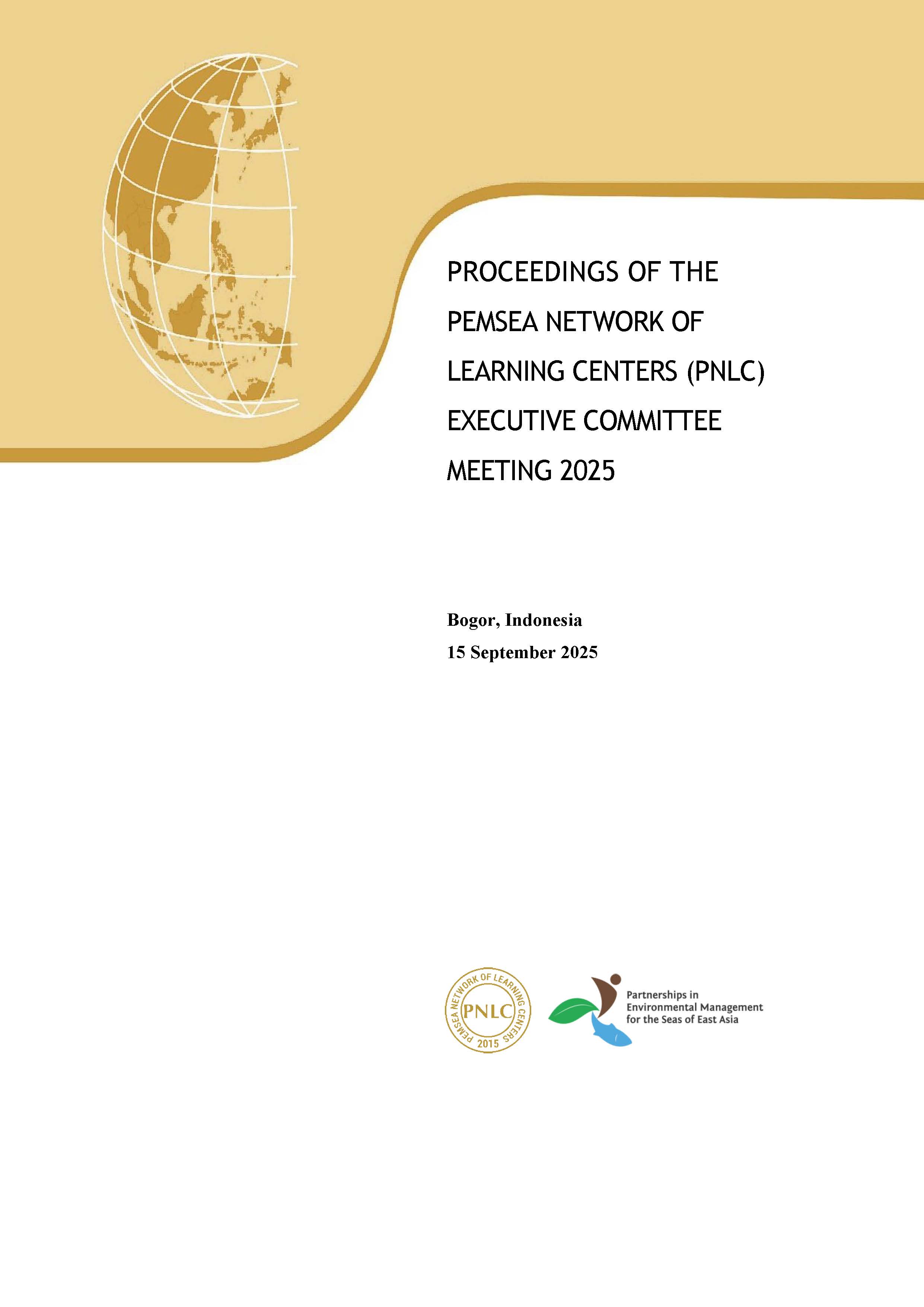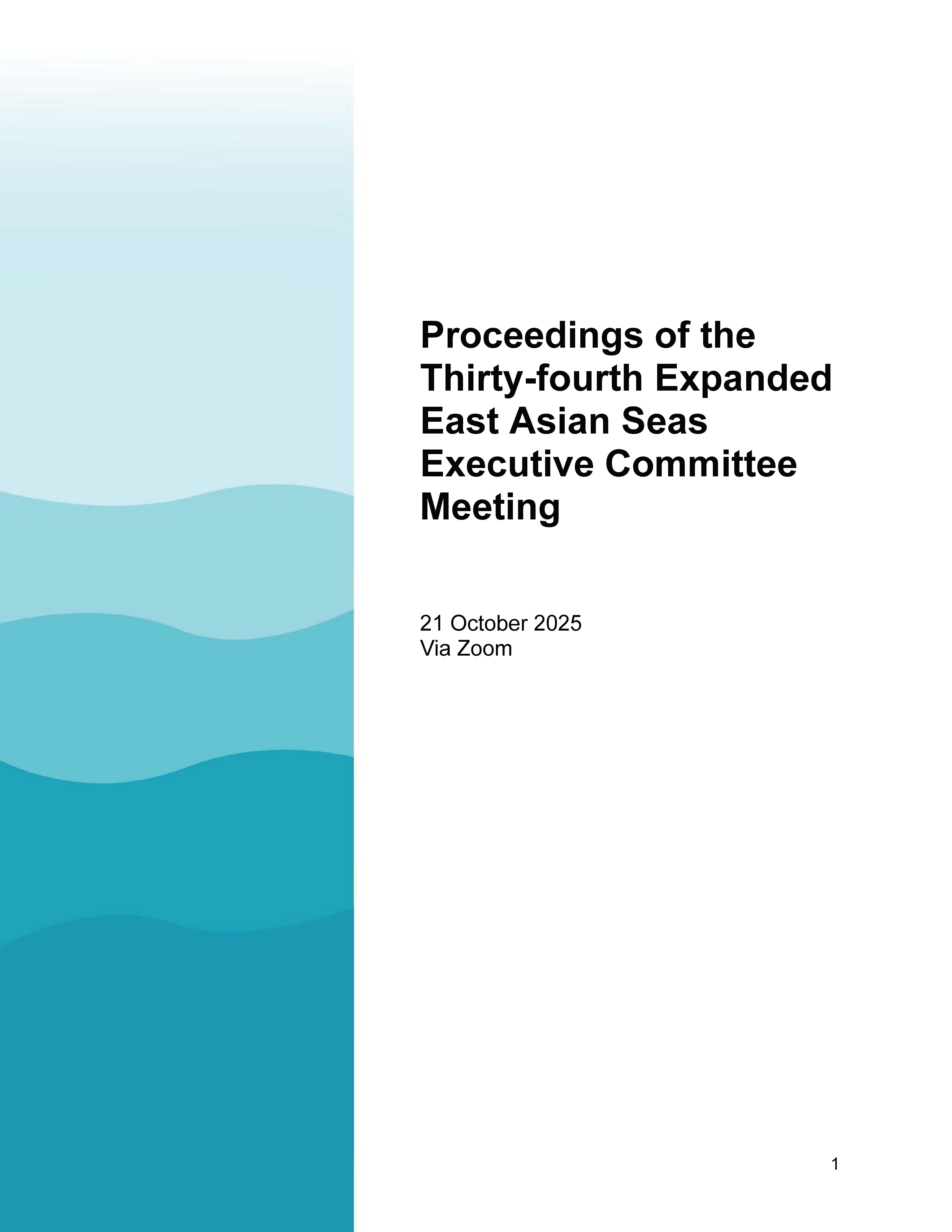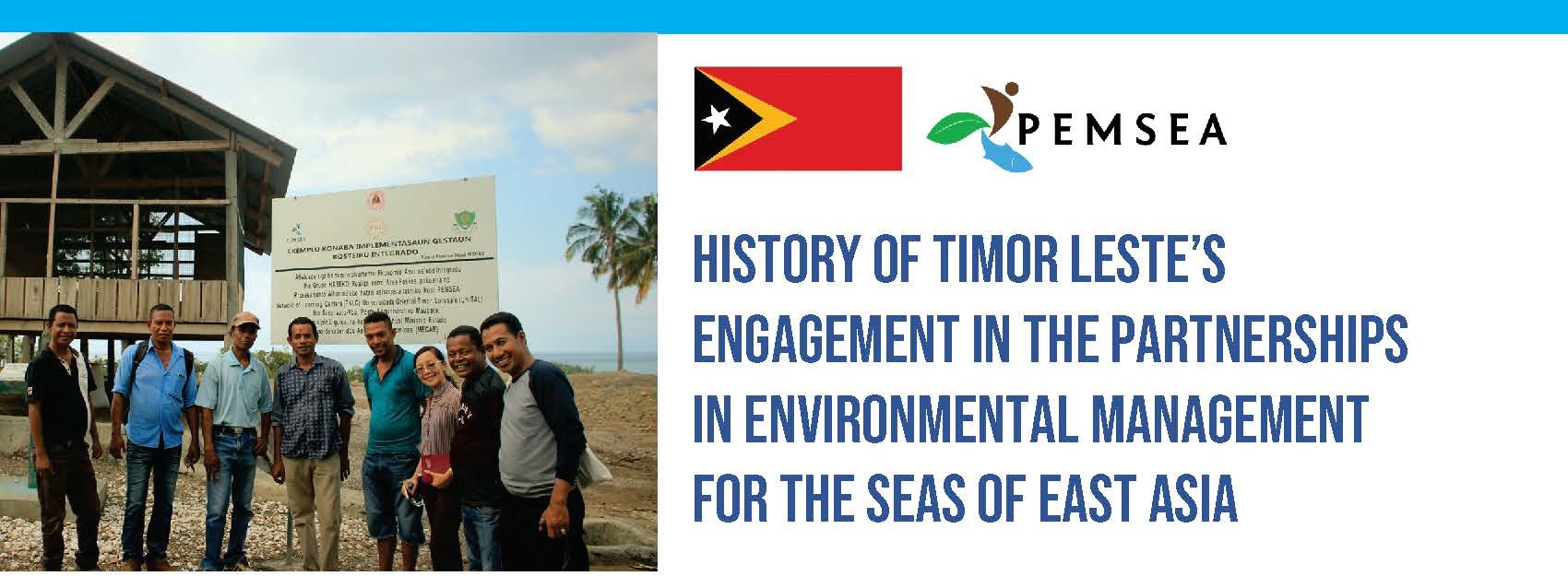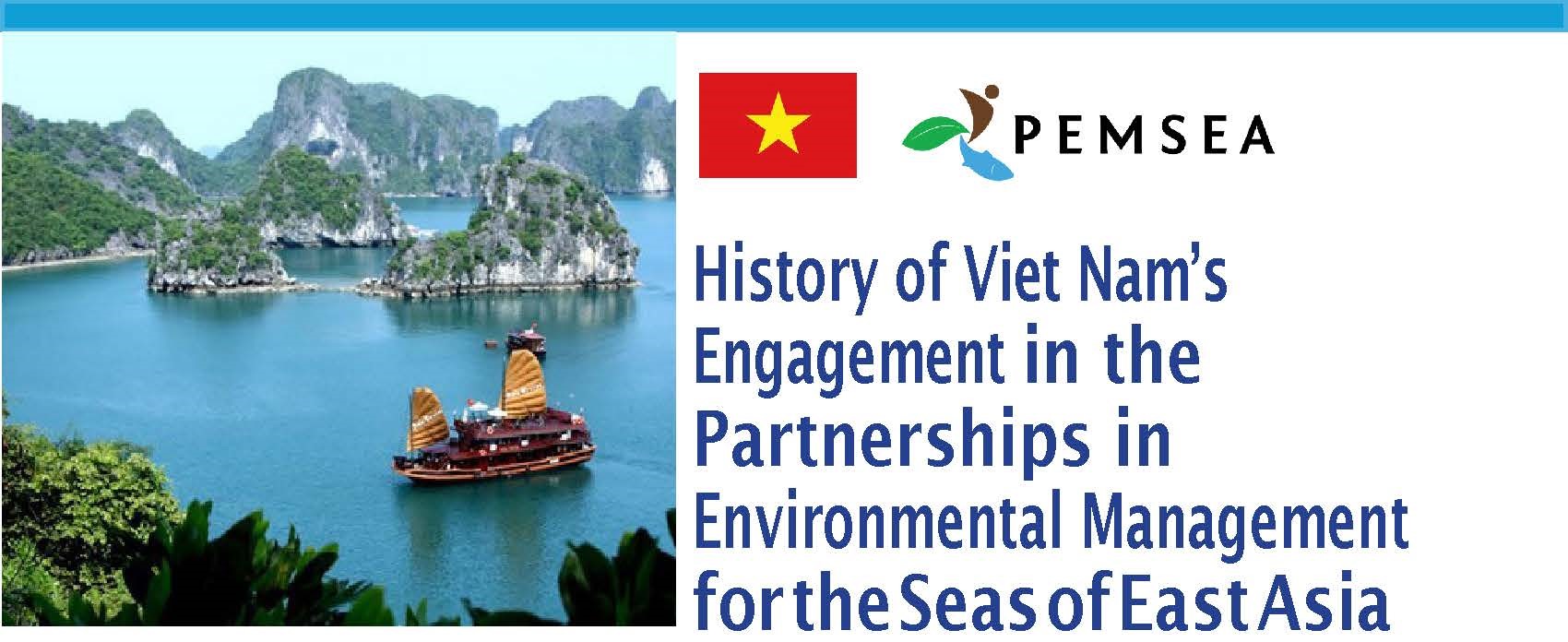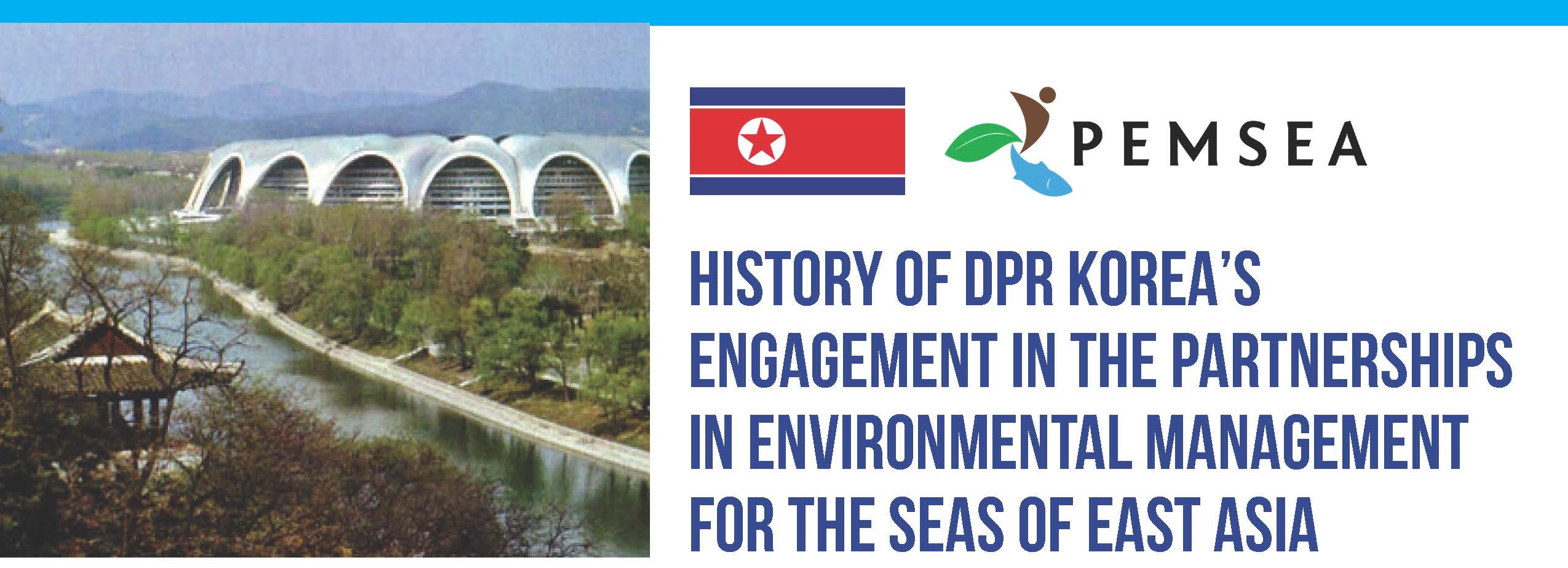
Breadcrumb
The Role of Docosahexaenoic and the Marine Food Web as Determinants of Evolution and Hominid Brain Development: The Challenge for Human Sustainability
PUBLICATION DATE:
Wednesday, December 01, 2010
PUBLICATION TYPE:
Reports
STATUS:
Only Available Online
DESCRIPTION:
Prof. Michael Crawford, of the Institute of Brain Chemistry and Human Nutrition, United Kingdom, explains that fish and seafood provide docosahexaenoic acid (DHA), an Omega-3 fatty acid that the brain needs to function efficiently. Prof. Crawford warns that the general lack of DHA in the current human diet could lead to mental health problems. This underscores the urgency of efforts to manage the world’s fisheries and maintain a healthy supply of this food. Lipids (fats) played a major, as yet unrecognized, role as determinants in evolution. Life originated 3 billion years ago. For the first 2.5 billion years of life, there was ample opportunity for DNA modification. Yet during that time there is no evidence of significant change in life forms. It was not until about 600 million years ago when the oxygen tension rose to a point where air breathing life forms became thermodynamically possible, that a major change is abruptly seen in the fossil records. The sudden appearance of the 32 phyla in the Cambrian fossil record was also associated with the appearance of intracellular detail not seen in previous life forms. That detail was provided by cell membranes made with lipids (membrane fats) as structural essentials. The compartmentalization of intracellular, specialist function as in the nucleus, mitochondria, reticulo-endothelial system and plasma membrane led to cellular specialization and then speciation. Thus not just oxygen but also the marine lipids were drivers in the Cambrian explosion. Docosahexaenoic acid (all-cis-docosa-4,7,10,13,16,19-hexaenoic acid, C22:6ω3 or C22:6,n-3, DHA) is a major feature of marine lipids. It requires six oxygen atoms to insert the six double bonds so it would not have been abundant before oxidative metabolism became plentiful. Docosahexaenoic acid (DHA) provided the membrane backbone for the emergence of new photoreceptors that converted photons into electricity laying the foundation for the evolution of other signaling systems, the nervous system and the brain. Hence the omega 3 DHA from the marine food web must have played a critical role in the evolution of vision and the brain. There is also clear evidence from molecular biology that DHA is a determinant of neuronal migration, neurogenesis and the expression of several genes involved in brain growth and function. That same process was essential to the ultimate cerebral expansion in human evolution. There is now incontrovertible support of this hypothesis from fossil evidence of human evolution taking advantage of the marine food web. Lipids are still modifying the present evolutionary phase of our species with their contribution to a changing panorama of non-communicable diseases. The most worrying change in disease pattern is the sharp rise in brain disorders which in the European Union has overtaken the cost of all other burdens of ill health at €386 billion for the 25 member states at 2004 prices, and in the UK, £77 billion in 2007 and £105 billion in 2010, a cost greater than heart disease and cancer combined. The rise in mental ill health is now being globalized. The solution to the rising vascular disorders last century and now brain disorders lies in a radical re-appraisal of the food system which last century was focused on protein and calories with little attention to the requirements of the brain. The development of marine agriculture from estuarine, coastal and oceanic resources in a way that mankind learnt to develop land resources 10,000 years ago, is likely to play a key role in this re-appraisal and in our future health and intelligence.
RELATED PUBLICATIONS
PEMSEA NETWORK OF LEARNING CENTERS (PNLC) 2025 Executive Committee Meeting Proceedings
The 2025 PNLC Executive Committee (PNLC EC) Meeting was organized by PNLC Secretariat on 15 September 2025 in Bogor, Indonesia. It was participated by Prof. Yonvitner of the Center for Coastal and Marine Resources Studies of the IPB University (CCMRS-IPB) and President of the PNLC, Dr. Fang Qinhua, Deputy Director of the Coastal and Ocean Management Institute of Xiamen University (COMI-XU) and Vice-President of the PNLC, and Ms. Aimee T. Gonzales, PEMSEA Resource Facility (PRF) Executive Director as members of the PNLC Executive Committee. Ms. Isdahartatie PNLC secretariat Coordinator/ CCMRS-IPB University, Ms. Nancy Bermas from PRF, Francesca Cortez (PRF Secretariat Assistant) and Lusita Meilana, PNLC Secretariat staff. The meeting was chaired by Prof. Yonvitner. Ms. Isdahartati served as the Secretariat of the meeting.
The following supporting documents are annexed to these proceedings:
- Annex 1: Meeting Agenda / Program
- Annex 2: Links to the meeting documents, presentation and photos
- Annex 3: List of participants
Proceedings of the Thirty-fourth Expanded East Asian Seas Executive Committee Meeting
The Expanded East Asian Seas (EAS) Executive Committee convened its 34th Executive Committee Meeting on 21 October 2025 online via Zoom. The meeting was attended by EAS Partnership Council Chair Attorney Jonas Leones; Intergovernmental Session Chair Mr. Le Dai Thang; Intergovernmental Session Co-Chair Dr. Xinwei Yu; Technical Session Chair Dr. Suk-Jae Kwon; and Technical Session Co-Chair Dr. Wakita Kazumi. The PEMSEA Resource Facility (PRF), led by Executive Director (ED) Ms. Aimee T. Gonzales, served as Secretariat to the meeting. PEMSEA Country Partners in attendance included national focal points and representatives from Cambodia, China, Indonesia, Japan, Lao PDR, the Philippines, the Republic of Korea, Singapore, Timor-Leste, and Viet Nam. Non-Country Partners present included representatives from the ASEAN Centre for Biodiversity, Ipieca GISEA, Oil Spill Response Limited, National Marine Hazard Mitigation Service, International Center for Environmental Management of Enclosed Coastal Seas (EMECS), PEMSEA Network of Local Governments, and Korea Institute of Ocean Science & Technology, among others. Online observers included staff from the PEMSEA Resource Facility and UNDP.
History of Timor Leste's engagement in PEMSEA
Since joining PEMSEA in 2006 through the signing of the Haikou Partnership Agreement, Timor-Leste has made remarkable progress in advancing sustainable coastal and ocean governance under the Sustainable Development Strategy for the Seas of East Asia (SDS-SEA). Over the years, the country has implemented Integrated Coastal Management (ICM) programs in key municipalities, developed national ocean and coastal policies, and strengthened inter-agency collaboration for marine protection and livelihood enhancement. Through its participation in regional initiatives such as ATSEA and the Marine Plastics ODA Project, Timor-Leste continues to demonstrate strong commitment to ecosystem-based management, blue economy development, and regional cooperation for healthy and resilient seas.
History of Viet Nam's engagement in PEMSEA
Since 1993, Viet Nam has been an active partner in advancing sustainable coastal and ocean governance in the East Asian Seas through PEMSEA. From pioneering Integrated Coastal Management (ICM) in Da Nang to establishing the Viet Nam Administration of Seas and Islands (VASI), the country has institutionalized ICM in national policy and legislation while fostering regional cooperation through leadership roles in PEMSEA bodies and ministerial forums. Viet Nam’s consistent participation in key initiatives and adoption of major regional declarations underscore its strong commitment to blue economy development, marine ecosystem protection, and the long-term implementation of the Sustainable Development Strategy for the Seas of East Asia (SDS-SEA).
History of DPR Korea's Engagement in PEMSEA
Since joining the regional GEF/UNDP/IMO Marine Pollution Prevention in the East Asian Seas (MPP-EAS) project, the DPR Korea has actively advanced Integrated Coastal Management (ICM) through the establishment of the Nampho demonstration site and the National ICM Training Center at Kim Il Sung University. The country has consistently participated in key regional forums, including the East Asian Seas Congresses and Ministerial Forums, adopting major regional declarations and frameworks such as the SDS-SEA and Manila Declaration. Its engagement reflects a sustained commitment to regional cooperation, marine pollution prevention, and sustainable coastal development under PEMSEA.

